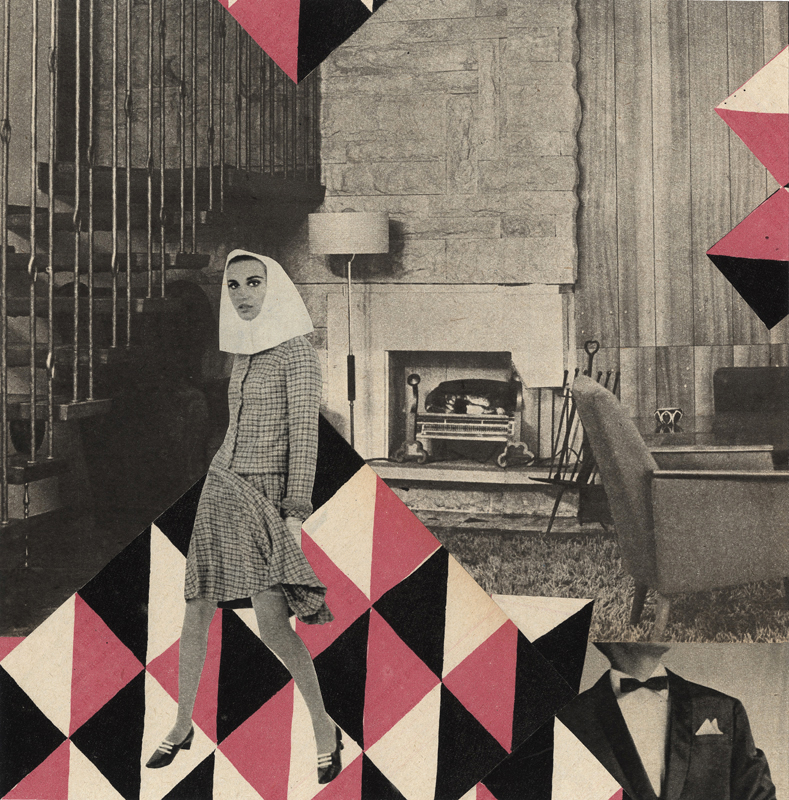Paris Photo 2012





Reporting from Paris Photo is always quite a challenge; the variety and richness of the proposals is almost overwhelming. Moreover, this year the programme saw the addition of Paris Photo Platform, a series of panel discussions with international artists, curators and critics directed by MoMA photography curator, Roxana Marcoci, and Paul Holdengräber, Director of LIVE from the NYPL.
Wandering around the booths early in the morning when visitors haven’t arrived yet, and exhibitors are still giving the last touch-ups and getting ready for the long day ahead, I immersed myself in a flow of hundreds of images. Many things caught up my attention but the work of Ina Jang at Christophe Guye Galerie and Tomasz Szerszeń at Galeria Asymetria really stayed with me and got me interested. A special mention goes to Lucas Foglia at Michael Hoppen Gallery whom I first got to know at the Rencontres d’Arles where he was nominated for the 2012 Discovery Award with the series A Natural Order.
The extreme beauty of the images and the composition, as well as the softness of the palette of colours, makes it a strikingly intimate and personal portrait of the life of those who chose to live off the grid. Lucas set out on a journey of five years throughout the southern States capturing the stories of communities of people who committed to a sustainable living. His images are so incredibly honest, visually and conceptually, that draw the viewers in with a strange sort of charm.
The same uncommon and precious vision characterizes Ina Jang and Tomasz Szerszeń. I was very glad to find Ina Jang’s prints at Christophe Guye Galerie. I fell in love with her work this summer at the Festival of Hyères where she returned—after being shortlisted in 2011—to exhibit a special project commissioned by the Festival.
Ina Jang’s images are deceiving. Playful and fragile in their appearance, her collages are the result of a need of self-expression and liberation. The inner tension is palpable as much as the undercurrent vibration between the single elements of the composition. The harmony of the palette of colours makes them pleasing to the eye and help the viewers handle the disturbing displacement conveyed by these two-dimensional explorations of shape and form.
The intervention of the artist lays in the construction of images that are the result of a physical action and decision-making process. It involves cutting, gluing, and pasting images and objects, as well as destroying and deleting to create something other/else in another dimension of meaning. A sense of trickery and a Surrealist influence make want to keep looking at them as they could surprise the viewer and move or evolve into something else.
Tomasz Szerszeń—a Polish artist and cultural anthropologist—presented YOU. ME. THINGS at Galeria Asymetria. This series, composed of small-size collages, may look at a first glance like a sequence of film stills. Each image is a layered juxtaposition of meanings, symbols and facts that visually come to compose a dynamic story that has the quality of a performance. The exhibition at the Archeology of Photography Foundation in Warsaw was accompanied by a sound installation of the artists and his fiancée reading passages from Perec’s Things novel. Rich of cultural references to the past, YOU. ME. THINGS is built-up as a visual play that opens up a passage on the cultural and social history of Poland during the Communist regime.
The title of the work is a word game:
You and Me was a popular lifestyle magazine published between the 1960s and 1970s that offered its readers a glimpse of the coveted Western way of living—an unreachable dream to the most in Eastern Europe. It featured illustrations by photographers as Newton, Avedon, Bourdin or Sieff and the latest trends in fashion and interior design from Paris and New York.
Things is a novel by Georges Perec that tells the story of a young couple whose desire for beautiful objects turns into a compulsion that can only bring to obsession and moral devastation. YOU. ME. THINGS is an open critique of the destructive effects of consumerism in our society.
Paris Photo Platform was something I was really looking forward to attending. I went to several of the panel discussions scheduled for the week: Some turned out to be more engaging and fun than expected; others probably not a good fit for the event. On Friday, 16th November, in the auditorium on the top floor of the Grand Palais, Taryn Simon discussed with Marta Gili, Director of the Jeu de Paume, her latest work.
One of the most praised and famous—as well as criticized—contemporary artists, Simon presented to the public two new projects that reveal a shift in her practice. After major long-term commitments connected to publications and touring exhibitions, the artist recently engaged in simpler projects in terms of execution. Both investigating the tendency to collect, research, and archive images in our contemporary society where the visual language substitutes the written word more often than it used to happen in the past.
Simon teamed up with Aaron Swartz—creator of some of the most forward-thinking platforms for discussion and exchange of information—to develop Image Atlas: an open site with which analyse cultural differences and similarities in the interpretation (and misinterpretations) of images throughout the world. The users can type in any word that is then translated into every language and entered into local search engines, such as Google. Image Atlas, as a result, lists the top six images associated to that word in each country.
Using the most popular platforms as a source of information—and comparing the data over a certain period of time—makes it possible to observe to what extent the shift in the visual interpretation of a term is influenced by social, cultural and political events happening in a country. This is particularly interesting in areas where the local engines are controlled or owned by the Government, as in Russia or China, determining a partial reliability of the results.
A complementary research of Simon involves the Picture Collection of the New York Public Library: a collection that has been a fundamental resource for countless individuals—artists, advertising agencies, scholars or designers. Established in 1915, it is a piece of history that can be considered a precursor of the search engines. Now that it’s no longer of a real utility, it can be seen as a mapping of the way we used to interact with visuals in the 20th century.
The Picture Collection is organized by theme, each folder containing images that visually describe or refer to a specific term. Simon pulled out of each folder a selection of images that she arranged in a quite graphical way, creating several thematic compositions.
With this work, the artist also addressed a relevant issue such as authorship. The Picture Collection is a quite unique example of absolute lack of authorship. It’s an anonymous collective collection that grew over the decades with the contribution of the public that wanted to keep it alive and updated. Everybody could access the archive and slip images into the folders without claiming any rights or credits in return.
This edition of Paris Photo has been positive and inspiring. The impact of this week on the cultural and artistic milieu will be clear only in the long run.
- Elisa Badii

